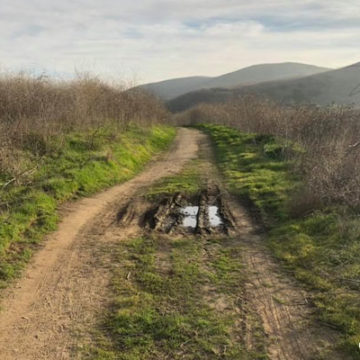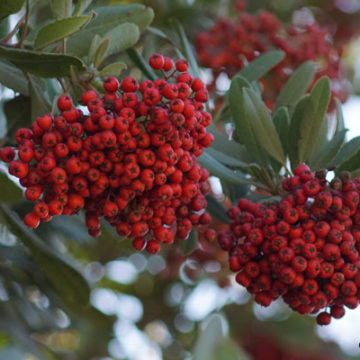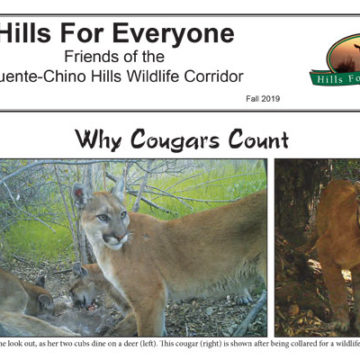Mule Deer
Mule deer are found throughout western North America. They are named for their large ears, which look ears that belong on a … you guessed it … mule. Mule deer are ruminants, which means they ferment plant material before digesting it. For the tail, those are blacktipped (see the photo), unlike the “white tailed” deer. Mule deer are found throughout the Puente-Chino Hills Wildlife Corridor. Please know that we are with you in spirit during this trying time and send … Read More




